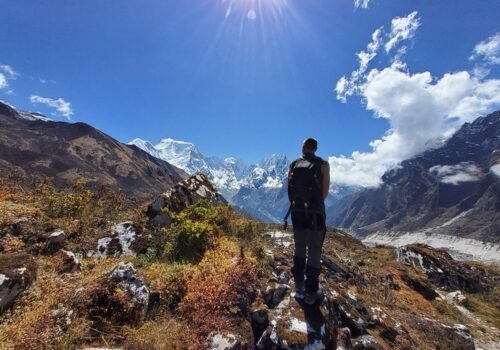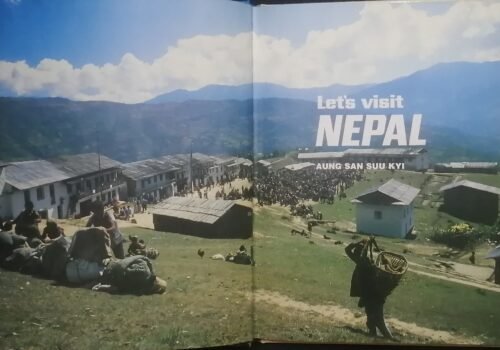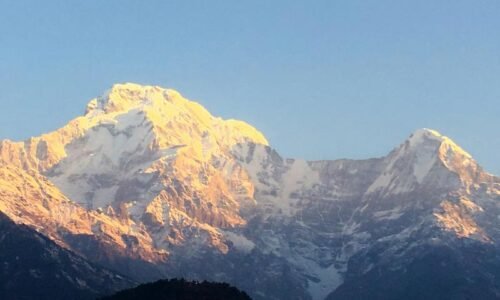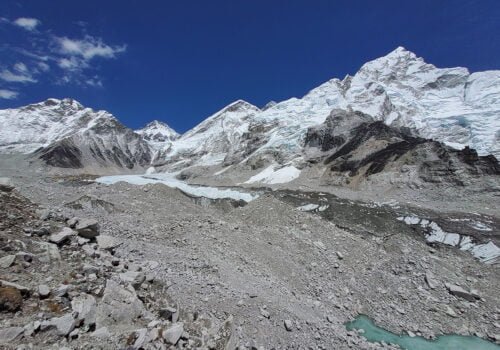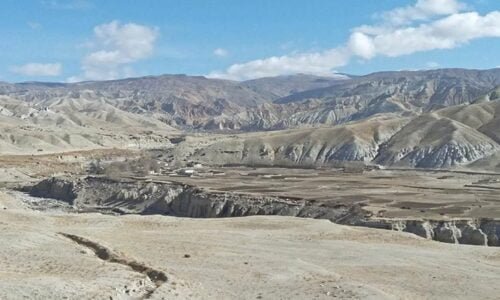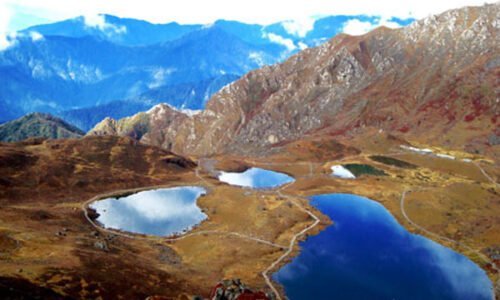Maha Shivaratri in Nepal
24 Feb 2025 6 min to read

The small, landlocked, multicultural diverse nation of Nepal celebrates around 50 festivals annually. Among several festivals, Maha Shivaratri is one of the most prominent Hindu festivals dedicated to Lord Shiva. Maha Shivaratri in Nepal is celebrated with pure devotion and grandeur at various Shiva temples across Nepal. According to the lunar calendar, it is observed on the Phalgun Krishna Chaturdashi tithi (14th day of the waning moon). If you plan to go, look for the correct date as it usually falls in February or March as per the Gregorian calendar. It falls on February 26 for the year 2025.
Maha Shivaratri attracts thousands of devotees from worldwide who gather at the sacred Pashupatinath Temple primarily and other Shiva temples to celebrate. Chanting, dances, Maha Aarti, and Sadhus are major attractions during the Maha Shivaratri. In Nepal, Maha Shivaratri coincides with Nepali Army Day. Observe the demonstrations of the military parades, military skills, and drills by various units and formations at Tundikhel in Kathmandu.

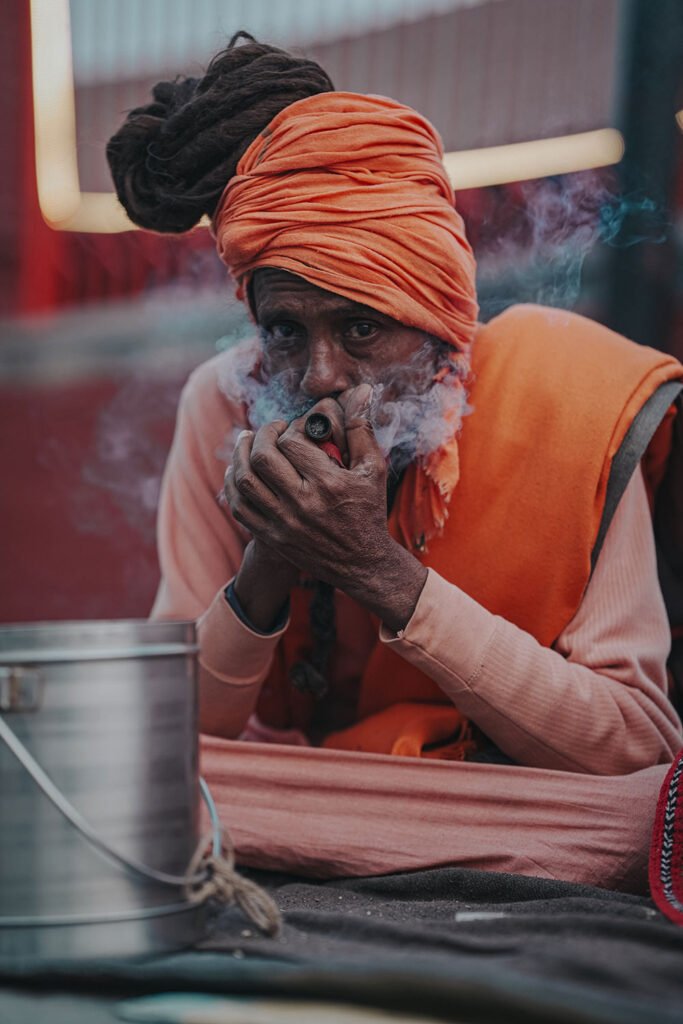
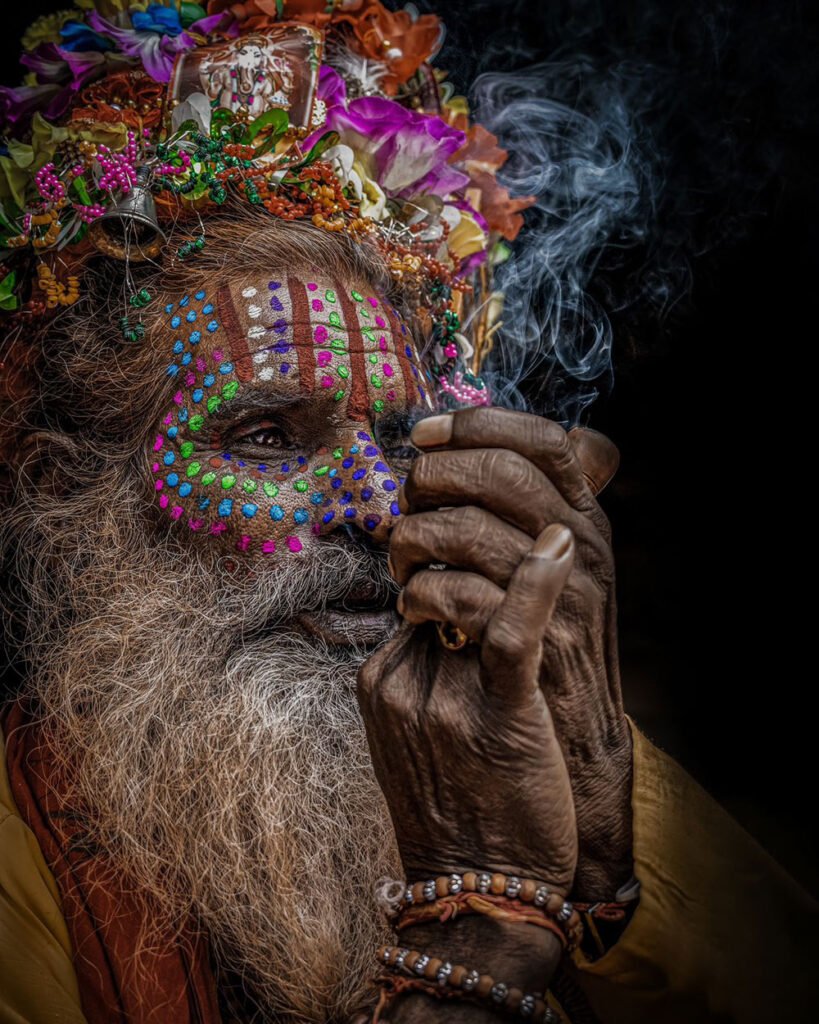
The various versions of the significance of Maha Shivaratri are mentioned in several Puranas such as Skanda, Linga, and Padma. In one version, it marks the nuptials of Lord Shiva and Parvati. The other version describes it as the Shiva performing his divine dance ‘Tandava’. Similarly, there is a belief that Shiva drank the Halahala poison during the Samudra Manthana on this day as per one version. All Maha Shivaratri-related folk tales highlight one fact: Shivaratri is the Night of Lord Shiva.
Also Read: Shivaratri in Pashupatinath
Celebrating Maha Shivaratri in Nepal
Devotees observe a night-long fast, perform Maha Aarti every three hours on the Shiva lingam, and offer rituals with sandalwood paste, Bael Patra, fruits, honey, and milk.
Married women keep fasting and worship Lord Shiva for the long life of their husbands.
Unmarried women keep fast and worship to get an ideal husband like Lord Shiva.
Children share money or buy sweets from the money collected by blocking the road with ropes for passing vehicles.
Devotees and Sadhus can be seen involved deeply in bhajans, chanting Om Namah Shivaya mantras, and dancing staying awake throughout the night.
Some Sadhus can also be seen smoking marijuana (it is illegal but on this day people use it.)
In the Pashupatinath premise the ritualistic bonfire ‘dhuni’ is set in the evening.
People make bonfires around their locality and celebrate by eating halwa-puri or sabudana or dahi-chiura and drinking bhang as Prasad.
Some organizations or community people also donate and distribute food and water to devotees, Sadhus, and beggars.
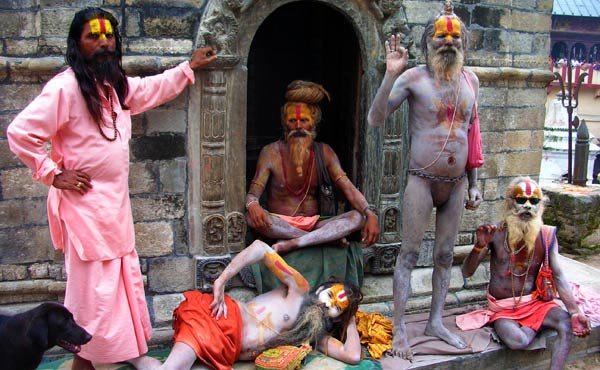
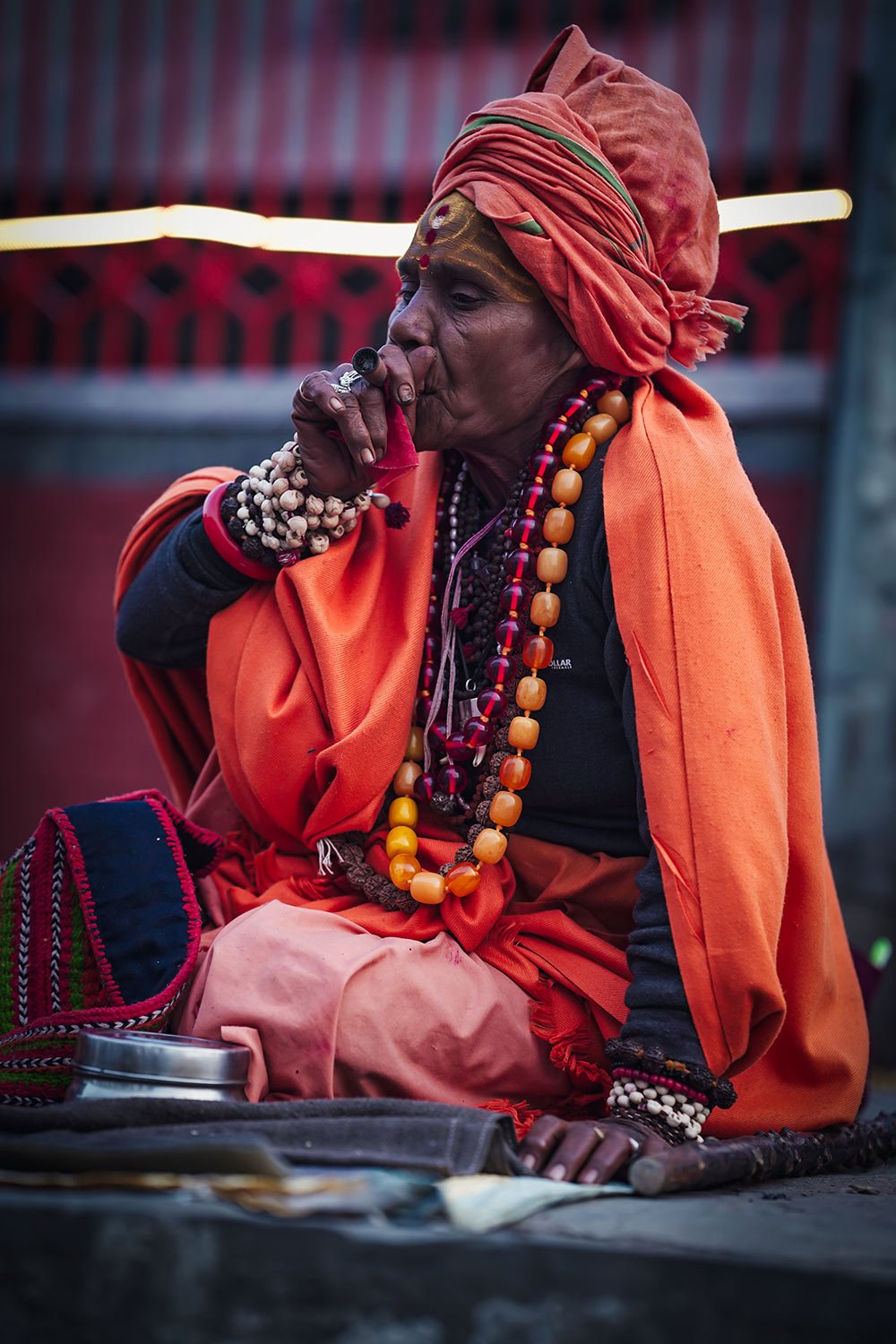
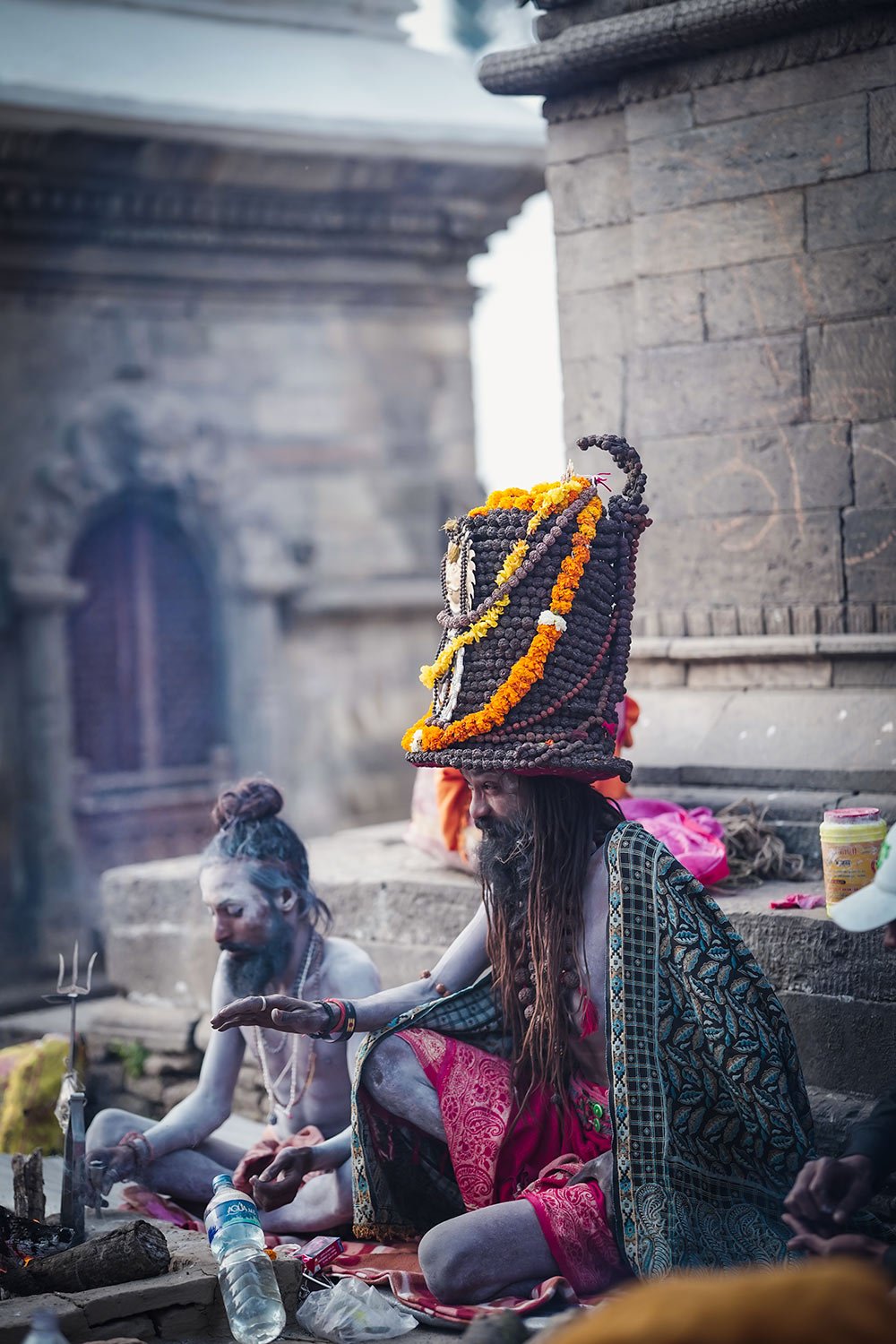

Significance of Maha Shivaratri
- The spiritual purification and awakening through fasting, meditating, and chanting the ‘Om Namah Shivaya’ mantra.
- The aura during the night of Shivaratri boosts to cleanse the mind, body, and soul and generate positivity.
- Numerous devotees from worldwide gather to celebrate symbolizing unity and harmony regardless of caste or religion.
- The revenue is generated through the inflow of tourists and supporting local businesses.
- The donations and charity during this day help a needy one.
Popular Places to Celebrate Maha Shivaratri in Nepal
The Shiva temples all over Nepal celebrate the Maha Shivaratri with great devotion, excitement, and grandeur. However, the most popular places to celebrate Maha Shivaratri in Nepal include the following:
Pashupatinath Temple, Kathmandu
The UNESCO-listed sacred Shiva temple is the most crowded temple on this day where thousands of devotees and Sadhus gather to celebrate.
Kailashnath Mahadev Statue, Sanga
The world’s second-tallest Shiva temple where devotees gather on this day.
Doleshwor Mahadeva, Suryabinayak
The temple is believed to be the head of Kedarnath in India and here also devotees gather to perform pujas and rituals.
Gokarneshwor Mahadev, Gokarna
The temple has the lingam of Shiva which devotees worship with full devotion on the night of Shivaratri.
Halesi Mahadev, Khotang
It is famous as the Pashupatinath of eastern Nepal where devotees gather to perform the pujas and rituals on a grand scale on the night of Shivaratri.
Baidyanath Dham, Achham
The prominent Shiva temple in the far west is where devotees gather to celebrate Shivaratri grandly.
Siddhababa Temple, Palpa
The locals from Palpa, Syangja, and Rupandehi visit to celebrate Maha Shivaratri.
Santaneshwor Mahadev Temple, Lalitpur
Another significant Shiva temple is crowded on the day of Maha Shivaratri.
Kusheshwar, Sindhuli
The temple is mentioned in the Himawat Khanda and holds great importance. On the day of Shivaratri, a large crowd of devotees gather to celebrate.
Jaleshwar Mahadev, Mahottari
One of the important Shiva temples in Terai is crowded with devotees during Shivaratri.
Pindeshwor, Sunsari
Another popular Shiva temple in eastern Nepal where devotees celebrate the Maha Shivaratri with purity and devotion.
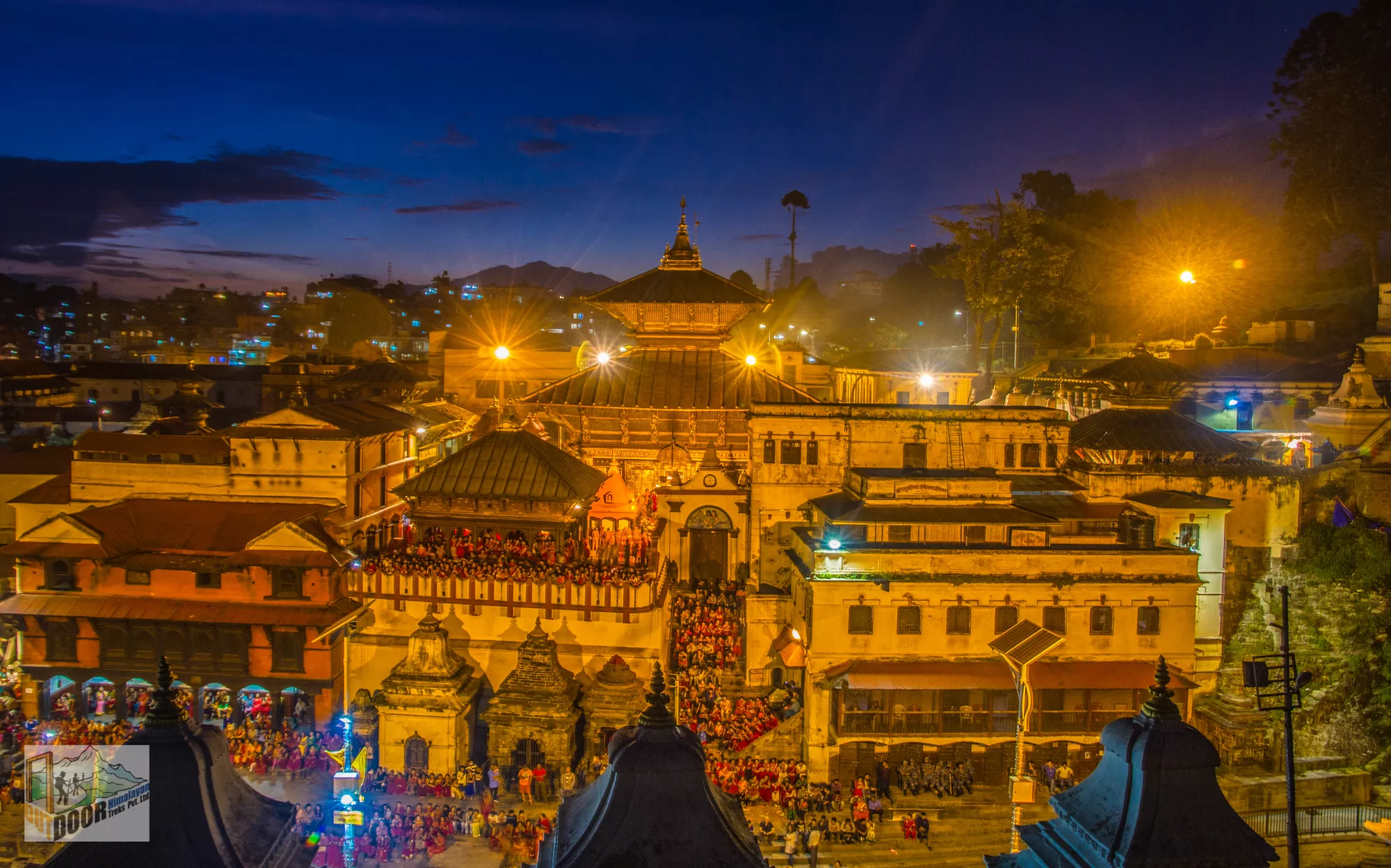
Implemented Security Measures for Maha Shivaratri 2025
The police officials in Kathmandu have implemented special security measures to safeguard and control the situation for Maha Shivaratri 2025 which are as follows:
- A total number of 3,511 police officers have been deployed under SP’s command from Monday night.
- In the Pashupatinath area, 1,024 officers per shift will work in three shifts.
- The deployed officers include plainclothes officers, photographers, communication officers, and mobile patrols.
- 40 plainclothes officers will monitor for criminal activity and theft.
- CCTV cameras have been installed in Pashupatinath for surveillance.
- For crowd monitoring primarily for pushing, shoving, or harassment, photographers are deployed.
- Strict monitoring with police taking action against marijuana sales and criminal behavior during Shivaratri.
- Additional police teams will handle crowd management, food safety, and public awareness.
- In case someone goes missing and for other purposes, loudspeakers will be used for announcements.
- For emergencies, fire trucks and fireballs have been stationed.
How Tourists Can Enjoy
- Visit the Shiva temples and cherish the grandeur of the temple, its decorations, numerous devotees, Sadhus, and their activities.
- Attend the cultural events and relish the folk dances, bhajan performances, and the unique rituals performed by sadhus and devotees.
- Participate in offering, prayers, and chanting mantras at temples to attain a deeper cultural and spiritual experience.
- As Prasad (offering), enjoy vegetarian dishes like halwa puri (semolina pudding with fried flatbread), dahi-chiura (yogurt with beaten rice), and sabudana (tapioca).
- Visit the stalls and buy some religious items like incense, flowers, etc. for the puja rituals if you wish to.
Suggested: Hindu Holy Tour
Tips to celebrate Maha Shivaratri in Nepal
- Stay updated on any travel restrictions or festival special arrangements.
- Wear appropriate dress to respect the cultural significance of the event.
- Book accommodations in advance as the tourist inflow is high.
- Make sure to protect our valuable belongings while walking in the crowd.
- It is best to carry short-denomination money to give to children.
- Strictly follow the suggested rules and regulations.
Also Read: Grand Nepali Festivals
Conclusion
Maha Shivaratri in Nepal is vibrant and a perfect blend of culture, spirituality, and communal harmony. Attending Maha Shivaratri in different temples in Nepal is a memorable experience and a great opportunity to understand the cultural and religious connotations. The aura during the night of Maha Shivaratri boosts to cleanse the mind, body, and soul. It also helps in attaining spiritual purity and awakening.
